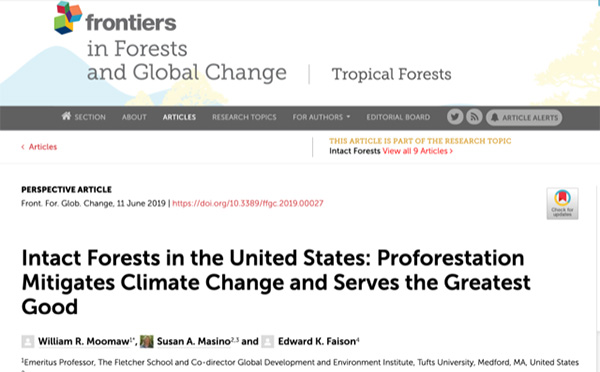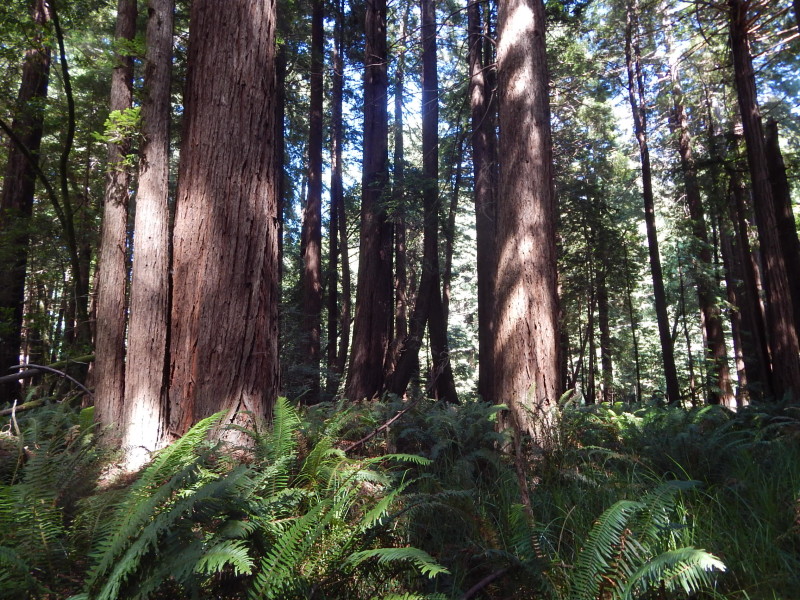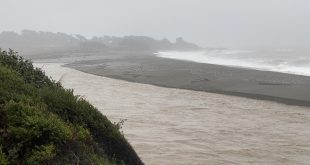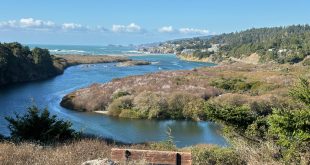Climate change and its consequences are arguably the biggest existential threat to mankind and life on earth.
Any foreseeable levels of reductions in greenhouse gas emissions will not be enough to meet the conservative 2.0º C target that climate scientists say is needed. We need to increase carbon sequestration in existing forests, wetlands and soils. This study points to conserving the existing bigger trees in existing healthy forests as the best hope to meet the needed target reductions. The term to describe this approach is “Proforestation.” The principal author has been a lead author of five Intergovernmental Panel on Climate Change (IPCC) Reports.
The temperate, mixed conifer/redwood forests of our region are the world’s best at capturing and storing the maximum amount of atmospheric carbon. This new science points to the importance of increasing advocacy to prevent forested watersheds from being managed as a “tree farms.” The science also points to proper husbanding for diverse, more mature, healthy, forest ecosystems that are now vital to the global effort needed to counter climate change.
– Friends of Gualala River

Intact Forests in the United States:
Proforestation Mitigates Climate Change and Serves the Greatest Good
by William R. Moomaw, Susan A. Masino and Edward K. Faison
in Frontiers in Forests and Global Change, June 11, 2019
[excerpt:]
Climate change and loss of biodiversity are widely recognized as the foremost environmental challenges of our time. Forests annually sequester large quantities of atmospheric carbon dioxide (CO2), and store carbon above and below ground for long periods of time.
Intact forests—largely free from human intervention except primarily for trails and hazard removals—are the most carbon-dense and biodiverse terrestrial ecosystems, with additional benefits to society and the economy.
Internationally, focus has been on preventing loss of tropical forests, yet U.S. temperate and boreal forests remove sufficient atmospheric CO2 to reduce national annual net emissions by 11%. U.S. forests have the potential for much more rapid atmospheric CO2 removal rates and biological carbon sequestration by intact and/or older forests.
The recent 1.5 Degree Warming Report by the Intergovernmental Panel on Climate Change identifies reforestation and afforestation as important strategies to increase negative emissions, but they face significant challenges: afforestation requires an enormous amount of additional land, and neither strategy can remove sufficient carbon by growing young trees during the critical next decade(s). In contrast, growing existing forests intact to their ecological potential—termed proforestation—is a more effective, immediate, and low-cost approach that could be mobilized across suitable forests of all types.
Proforestation serves the greatest public good by maximizing co-benefits such as nature-based biological carbon sequestration and unparalleled ecosystem services such as biodiversity enhancement, water and air quality, flood and erosion control, public health benefits, low impact recreation, and scenic beauty.
. . .
To read the entire article, visit Frontiers in Forests and Global Change:
Intact Forests in the United States: Proforestation Mitigates Climate Change and Serves the Greatest Good

 Friends of Gualala River Protecting the Gualala River watershed and the species living within it
Friends of Gualala River Protecting the Gualala River watershed and the species living within it


